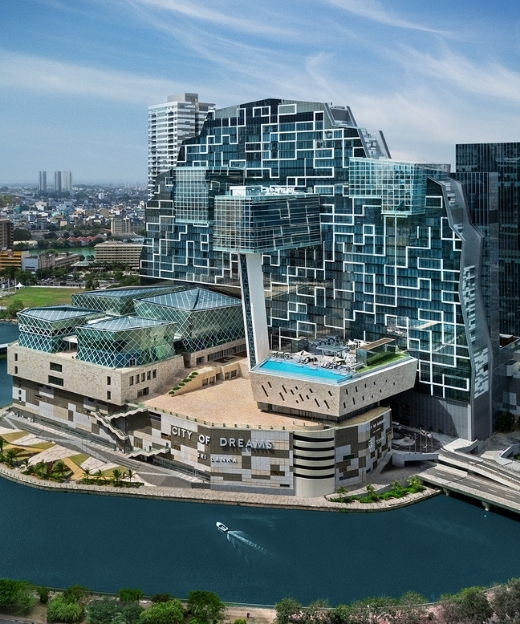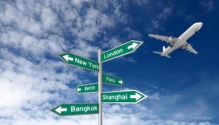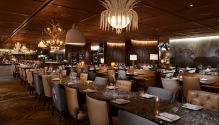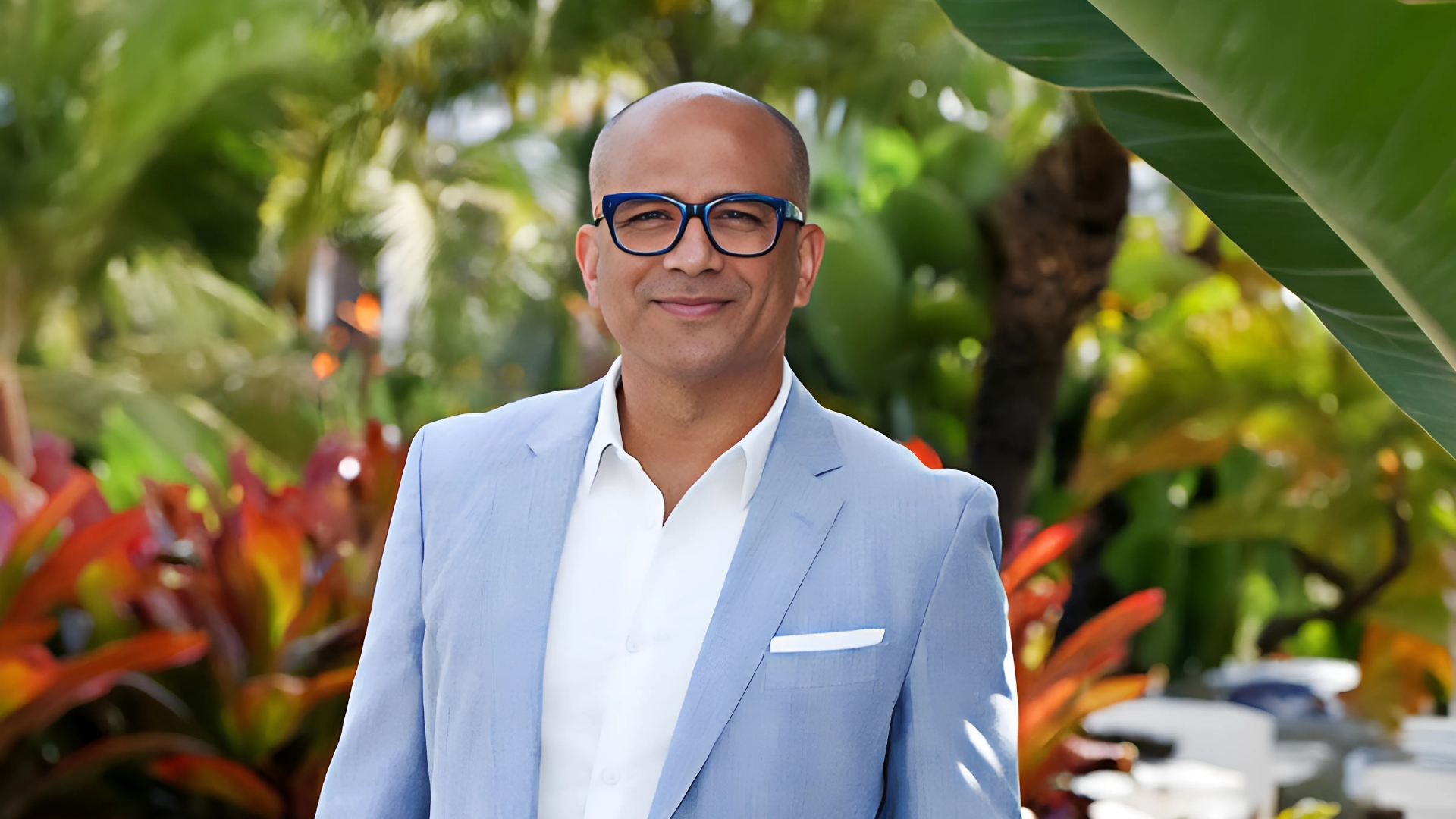Sanjiv Hulugalle: The Man At The Helm Of Sri Lanka’s $1.2 Billion Dreamscape
In conversation with Sanjiv Hulugalle, the Chief Executive Officer and General Manager of Cinnamon Life at City of Dreams, Sri Lanka, on the spirit, culture, uniqueness and diverse experiences at the country's largest integrated resort.
By Suman Tarafdar
As the head of south Asia’s largest integrated resort, City of Dreams, Sanjiv Hulugalle has a lot riding on his leadership. Besides the region’s largest hotel inventory of 800 rooms spread across two hotels, there is also a luxury mall, several meeting and banqueting spaces, 17 food and beverage outlets, an abundance of art, infinite luxury wellness pampering, infinity pools, skyline defining architecture including cantilever halls that seem to hang in the sky and of course, the country’s largest entertainment centre including the casino that is expected to form the heart of the resort, which costs a whopping US$1.2 billion, making it the largest single investment in the country, perfectly blending contemporary luxury with traditional Sri Lankan hospitality.
With his vast global hospitality experience across continents, the genial Hulugalle exudes warmth and confidence. Of course, he tells of starting his hospitality journey as a ‘pool boy’, but he had a fairly privileged upbringing—both his grandfather and father were leading journalists in the country. Pointing to an upbringing immersed in the local culture and traditions, he points out that his father’s house is “just three minutes away”. Hulugalle grew up with five sisters and lots of cousins, and describes his upbringing as “full of life, colour, and chaos”, a family that hung out with leading cultural luminaries such as Geoffrey Bawa and Senaka Senanayake, whom he calls uncle!
SOH caught up with Sanjiv Hulugalle during the inauguration of the resort to understand what it hopes to achieve in its bid to transform leisure tourism in the region.
Excerpts from the interview.
How would you describe the scale of City of Dreams?
City of Dreams is a characteristic property which has so many different things which create different emotions to many people. We just don’t want to be the best hotel or resort or integrated project. We want to be the most loved.
This is not a traditional hotel model. This is an integrated project which has different elements which are critical. You have to not look at it just from a hotelier's point of view. It’s an entertainment hub. It’s a place where people come to have fun and enjoy themselves. Casinos are just one part of it. There are other aspects of it which really create the sense of place and that creates the experience here. You have got to be open to it. You’ve got to be leading the team to see beyond just setting a guest room. You’ve got to be selling an experience which is unimaginable. There’s no ceiling to it. You can do anything you want as long as there’s joy, happiness and a soulful nature of connection to the local community.
How does COD encapsulate the spirit of Sri Lanka?
Right from the beginning, the aim was to have a place which is truly a connection to Sri Lanka. Most importantly, it creates an authentic experience which is connected to Sri Lankan culture, the spirit of Sri Lanka. It’s also in the centre of the heart of Colombo. That gives you a space where you can get up to some of the cultural sites, the temples, the business district, but then go on to Pettah, a beautiful night market that’s quite hectic and chaotic, but also beautiful. I have grown up here, I’m a Sri Lankan. This is bringing some of my memories of Sri Lanka back. I left when I was 19 and have come back to obviously run this wonderful integrated project. It truly is about bringing back some of the memories of the past being in the present in a very iconic structure like this iconic place, and looking to the future where we can say, hey, we can truly take a new customer, attract a new customer into Colombo.
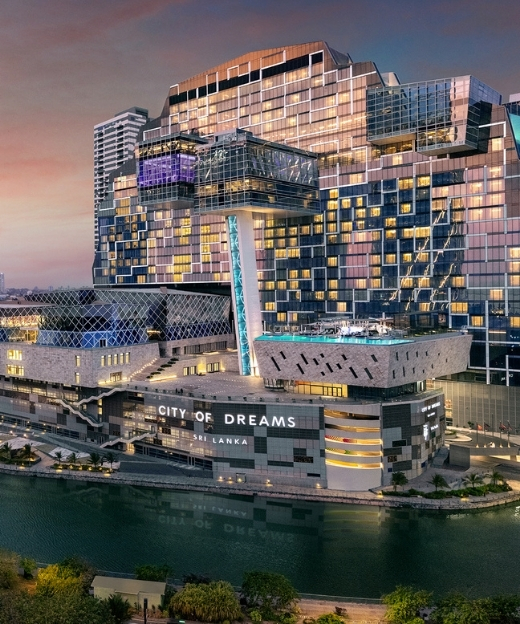
The facade of City of Dreams, South Asia’s largest integrated resort.
What’s your typical idea of what this customer is going to look like and where will they come from?
Our main markets include India. We are already seeing a fairly strong influx of team members who are coming from India. GCC is a big market for us. China, Macau, obviously all that regional business is fairly significant. Hong Kong, I should say, is an important source market. Then you have Europe, which is important for us. The U.S., which as a market, is slowly traveling further than they used to.
We offer a diverse portfolio. I think people want an authentic connection. And what we are, we are hoping we can continue to build on is experiences which are local. City of Dreams is allowing people to come and stay here for a day or two and then go down south or go to the east coast or go up north and really sort of rounding up the entire experience. Either they come and stay here for a couple of nights while they have a long journey or go or ride it towards the end when they finish their entire journey of exploration. Sri Lanka has been awarded many times as one of the best islands in the world, giving you different levels of experiences across the island. But then you come back to this oasis where you can relax and take it easy but also have a connection to where you are next headed.
You are positioning COD as the ‘Macau for India’. Are you expecting Indians to come in numbers similar to the way Chinese flock to Macau?
In my travels around India most recently and just socialising with the community, India is a significant casino entertainment hub. Obviously, Indians are not only in India, but also in Dubai and the GCC and in other pockets of the world too. I think India is a fairly significant target market, much bigger than you think it is. There’s a lot of pent up demand as there is nothing similar to what we offer.
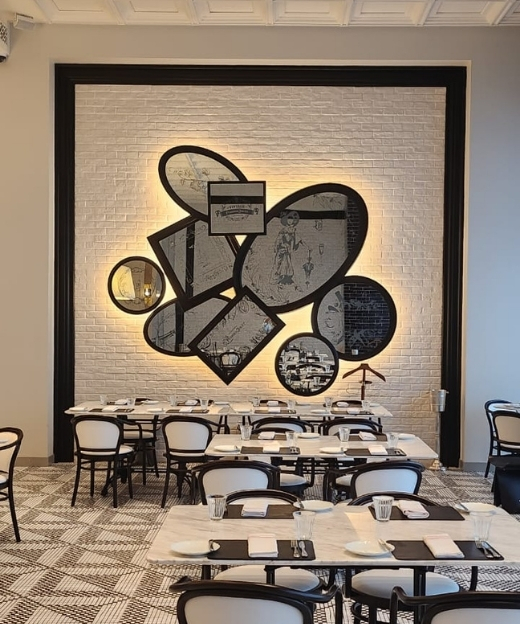
Bistro offers luxury French cuisine, just one of the 17 F&B outlets at this sprawling resort.
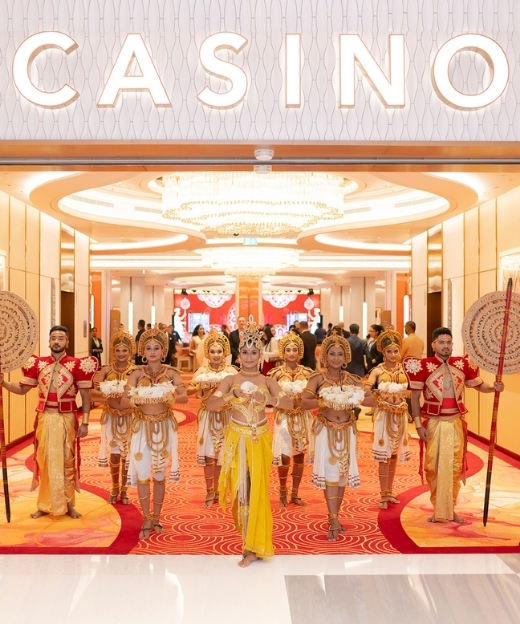
The country’s largest entertainment centre includes a casino that is expected to form the heart of the resort.
In ambition, this hotel could redefine the destination as Marina Bay Sands redefined Singapore. Where does the ambition for this property lie in terms of how it wants to make a statement in the next few years?
I think it’s really drawing a new customer into Sri Lanka. An integrated project is a very diverse experiential statement. One of the most important parts, what we’d like to be known as a refreshing, authentic, local Sri Lankan experience which can reach international standards with a palette of true service from the heart and really bring out the best elements of Sri Lankan hospitality. That’s really the core of the matter. Yes, you can put a new table or you can build a new restaurant, but the essence is the spirit, the emotional connection, the uniqueness of the culture, the authenticity of your experience. And that’s where we would want to be.
In terms of revenue split, how do you expect the share to be between the various segments of the resort?
The biggest revenue element is expected to be the casino. And then the hotels and alongside it, the whole mall operation. Really where the significant investment of US$1.2 billion which was placed in this property, is very much based around the casino being successful.
By what time do you expect to break even overall and operationally?
There are different forecasts out there. I think because it’s such an integrated property with so many different aspects of it, it’s not only a casino, hotel, mall, convention centre, it’s also got residences and offices. There are lots of revenue streams which are flowing in. You will definitely see it being successful, but it’s difficult to give a forecast at this stage of the game.
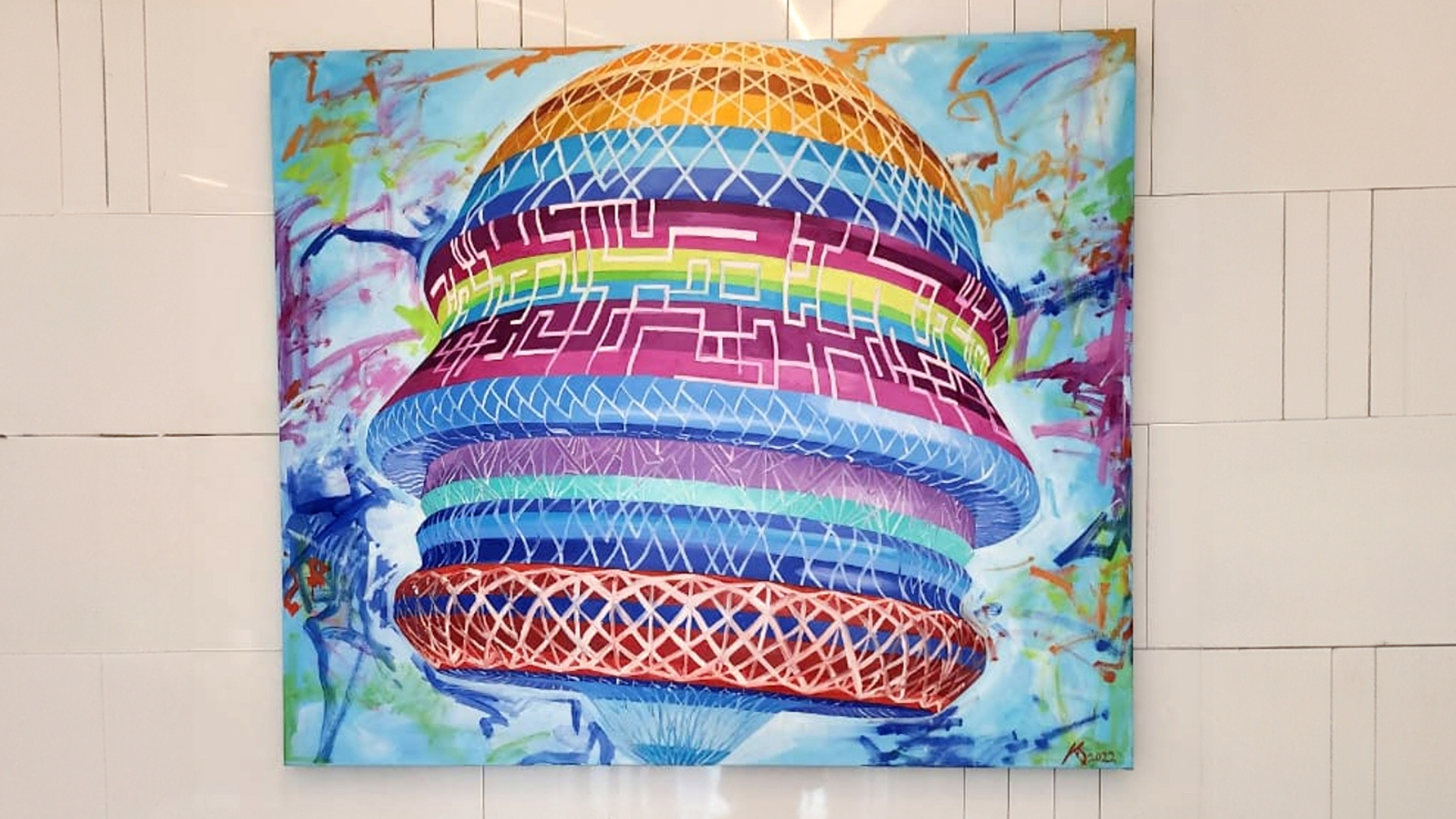
Shifting Shapes of the Informal Mind by Kos Cos is a tribute to the hotel's architect Cecil Balmond.
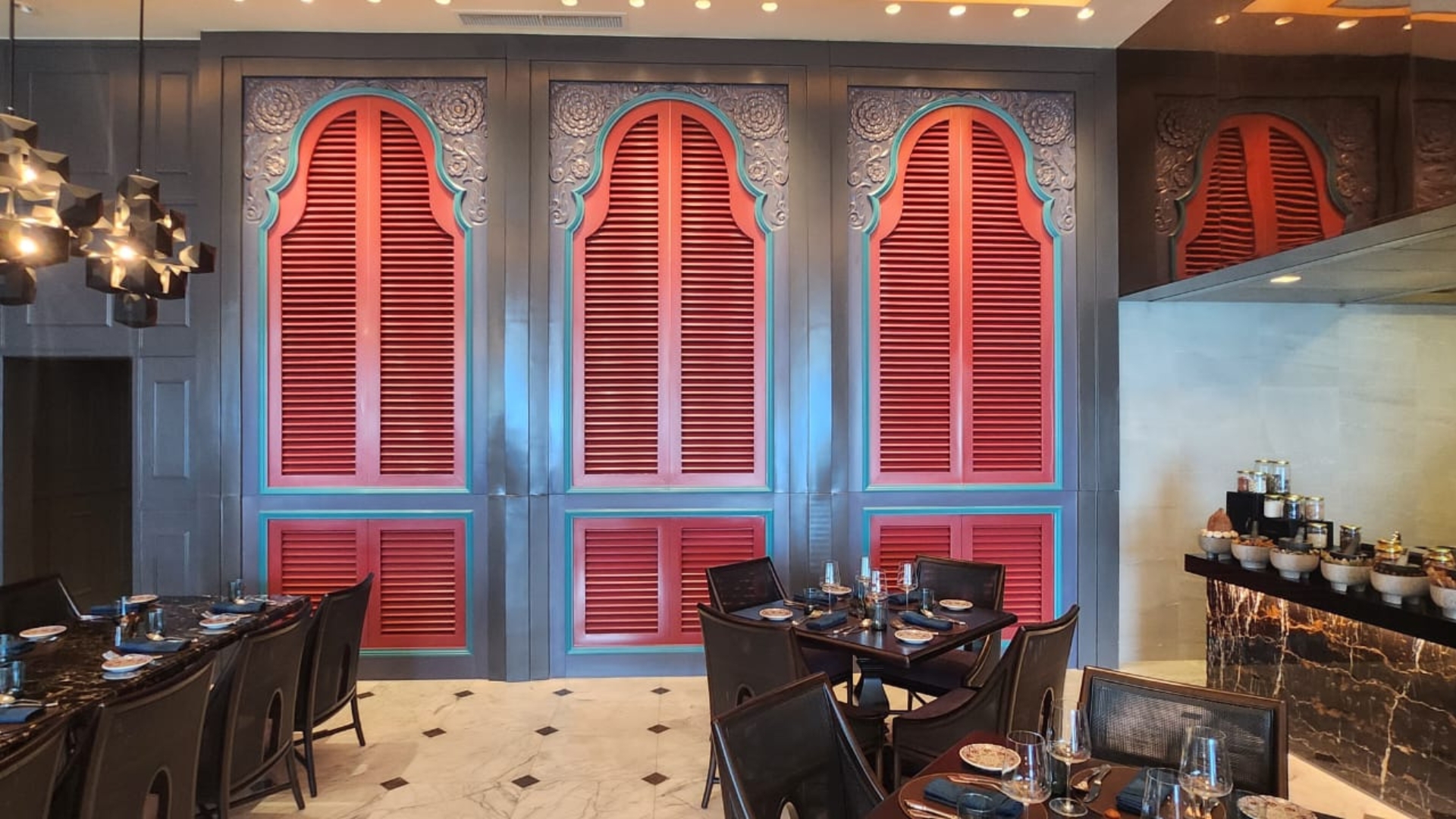
Indyaa offers an array of modern Indian cuisine.
There are 17 restaurants here, but none dedicated to Sri Lankan cuisine?
Yes, we do have 17 restaurants here, but not a traditional Sri Lankan restaurant. However, we actually do have an incredible restaurant called Quizine which encapsulates Sri Lankan food. Then you also have wonderful chefs who put little experience of Sri Lanka in cuisines like Indian cuisine.
In a very modern sleek, glass encased hotel, there’s a lot of art around. Why was that important?
I always find art has evolved and you have young artists today looking at art in a very different lens. We also have spotlight art festivals, where we celebrate these moments of texture from the past and we bring it back. What we are finding is our ability to truly attract these young artists who didn’t have a voice, who want to showcase the sculpture, paintings, music and all the aspects of what Sri Lanka is about. Folk art might become as trendy as it was about 25-30 years ago. But I think one of the greatest things with art is, it’s a showcase of a moment of time. We also have musicians who play in the resort who are all local. Our flowers in the entire hotel are all locally grown. We don’t import any flowers. It’s about trying to connect with the local elements and keeping it authentic and fresh.
In terms of operations, what are the main priorities and challenges that you are looking out for?
The most important is, telling the story. I think that’s not a challenge but a continuous focus. You are bringing a new customer or a new corporate group. These companies could never come to Sri Lanka purely based on not having the convention space, or not having the ability to go to multiple restaurants. Now you have truly a space to be open to anything and everyone and in different shapes and sizes. Then you have the leisure traveller, whether a couple or family, which is also significantly important. They may want to have an experience in a beautiful setting, or a cultural experience, but come back to an oasis of comfort and reliability.
